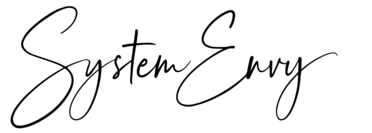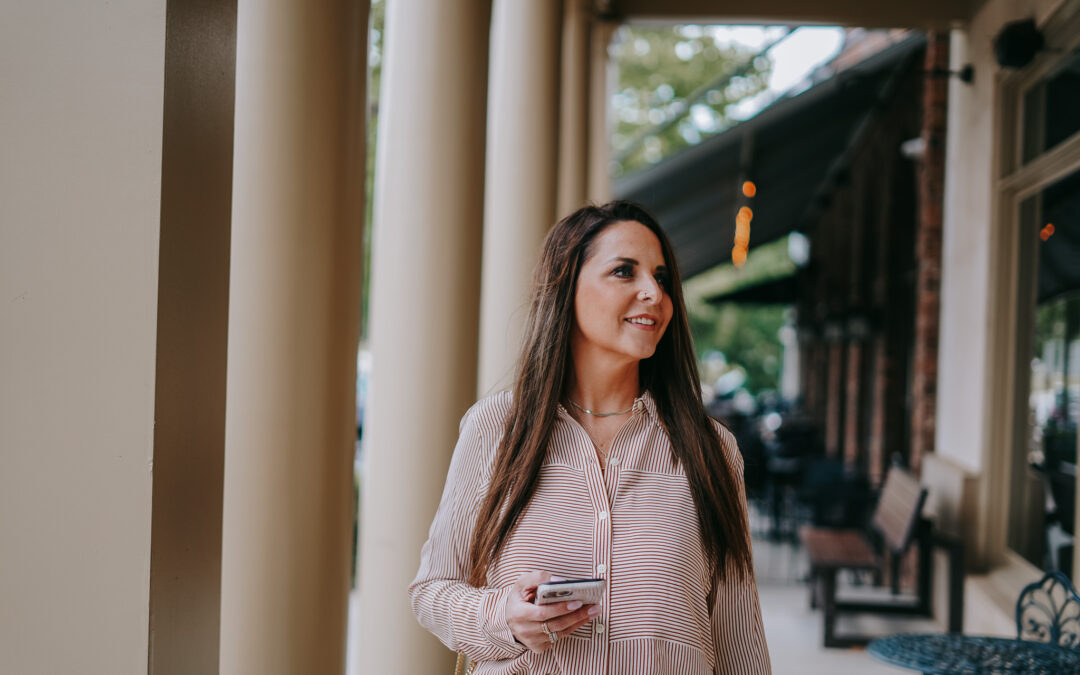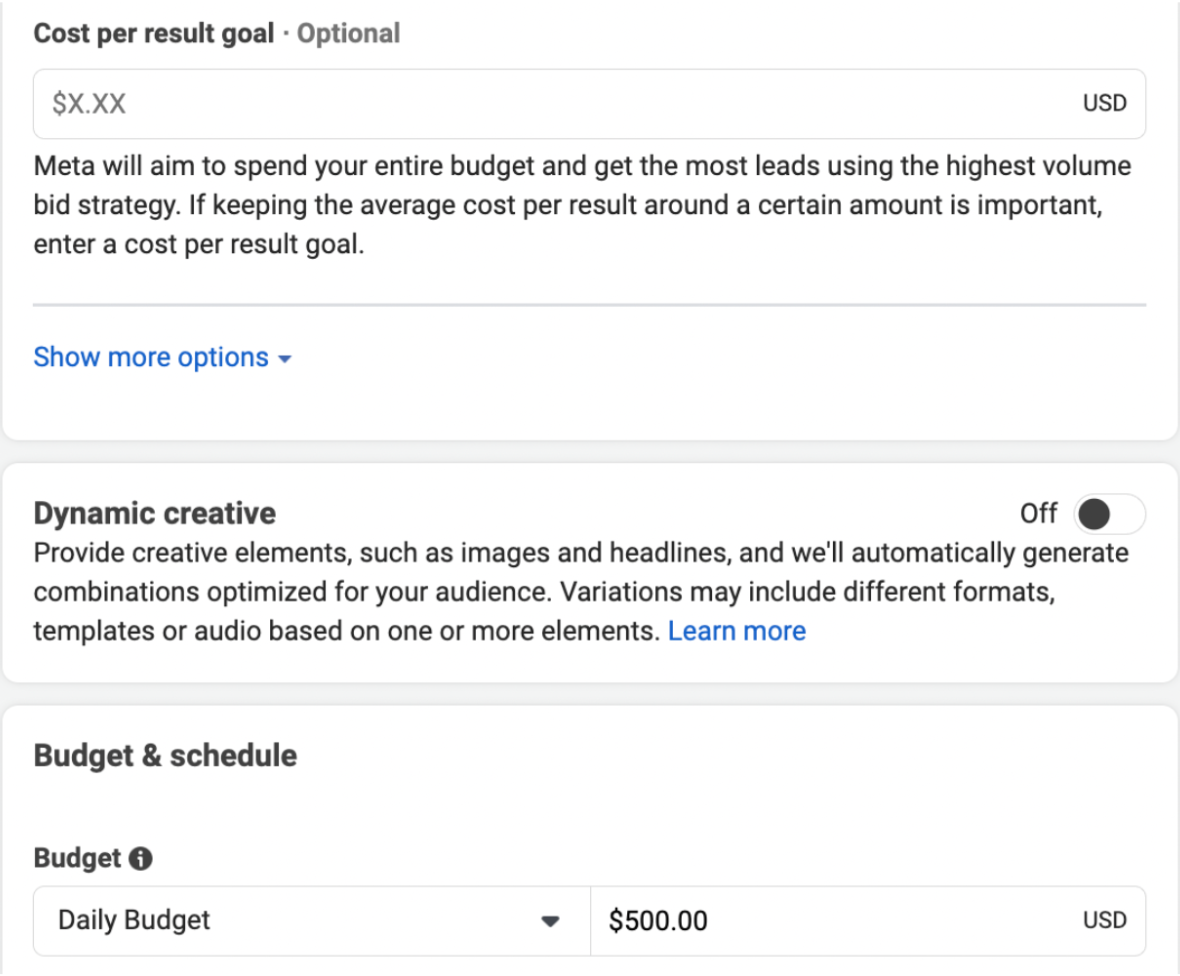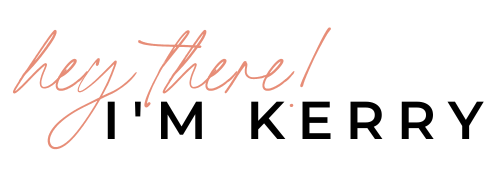
8 Reels Ideas for Small Business Owners
You guys… we’re in a Reels WORLD these days.
(Really, we’re in a short-form video world these days.)
In fact, statistics actually show that 73% of consumers prefer watching those types of videos, that short-form video ad revenue will cross $10 billion, and that they receive 2.5X more engagement than long-form ones.
Basically, you have to get on the short-form video train… especially when it comes to ads.
Here’s the thing, though: I know you’re busy, and I know that coming up with new ideas for video content seems like the absolute LAST thing that should be on your list of priorities. Plus, it’s hard to come up with ideas.
I get it. So let me give you some Reels ideas!
8 Reels ideas for your small business
When you’re creating Reels or other pieces of short-form video content for your business, there are a few things you’ll want to remember. First, keep it short (under a minute is great, but under 45 seconds is even better). Second, show off your face! Let viewers peek inside your brain, and remember to give them a look inside your business. It works!
Here are some ideas:
- Office tours: Give viewers an inside look into the place where your magic is made (bonus points if you create commissionable links for things they might want for themselves).
- Lifestyle content: Some of the most engaging content you can ever create is lifestyle-related, whether it’s showing your post-work wind-down routine with kids (hiii, balance!) or even sharing a quick rundown of the sheet pan meal you swear by on heavy meeting days.
- Community-focused videos: Leaning on community is a huge gamechanger for businesses and brands, and this goes for you and your Reels, too! Show everything from testimonials to retreat recaps to Zoom screenshares on Reels and encourage your viewers and followers to get in on the action.
- Trending audio: Trending audio on Reels (and on TikTok) creates a fun, strategic blank canvas that you can really create good things on. I love utilizing these trending audios for everything from testimonials and sales to funny moments and inside looks.
- BTS content: People love getting a peek behind the curtain, and it can create a really effective way for you to entice them into working with you — so try it out! I always recommend showing things like the BTS of building your course, showing the scenes behind a photoshoot, and sharing the vulnerable moments when you want to, too.
- Real life: Have a blooper or a real-life scenario? Make it into a Reel! Whether it’s an entrepreneur moment gone wrong — we’ve all forgotten to put the mug under the Keurig — or a showcase behind your daily schedule, show it off!
- Pictures: Wanna make Reels content as easy as possible? Use pictures and text on images to make a quick-moving carousel or fun visual effect. It’s simple and so, so effective.
- Deep dive with screenshares: Have a course or a product that you’d love to give more details on (or show a tutorial for)? Create a Reel with your screenshares! Psst… another really fun way to do this is showing a BTS screenshare, too (for instance, a time-lapse of your time on Adobe Illustrator or of a blog post you’re writing).
Those are some of my favorite abstract ideas. Most importantly, have FUN! Here is some wonderful inspo from some clients, just take a look through their IG!


















